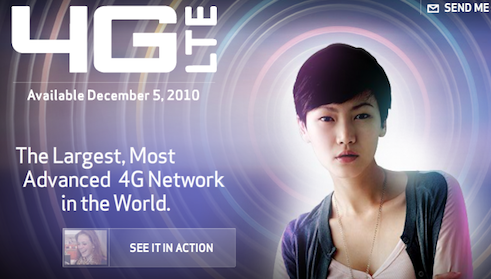
I just wrapped up a meeting with Verizon, where I was able to get some hands-on time with the LG VL600, the LTE-enabled (giant) data card that will be available when the service launches on Sunday. Plus, they bought me a cup of coffee. Coffee and cool technology, what could be better?
Overall, I was very impressed. While there's little to no network traffic at the moment, I observed a very consistent 17-20 Mbps download speed, and 14-17 Mbps on the upload side. YouTube videos loaded in an instant, the PhoneDog homepage sprung to life in roughly two seconds, and other media-rich websites like CNN and ESPN loaded in a flash. Beyond the raw numbers, I was impressed with how consistent the speeds were. I'll do additional testing post-launch when the network is saddled with data-hungry customers, but as it stands, it was a refreshing change from the inconsistency of competing 4G technologies.
But it's more than just speeds; the backend technology is impressive as well. Without going into too much depth, Verizon's 700 MHz spectrum will provide better in-building penetration over HSPA+ (1700 MHz) and WiMAX (2500 MHz). Ever wonder why you lose your Sprint WiMAX connection when you're deep inside of your office building? You can thank the high megahertz frequencies. In corny Verizon press-speak, LTE is "beachfront property."
As impressed as I was with the technology, I'm disappointed with the data plans. Verizon promised innovation in data pricing, and sadly, the current pricing scheme is more of the same. For a wireless technology that's billed as "media friendly," 10 GB is cutting it close. I'd blow through it in a few days, at best.
Pricing aside, Verizon's LTE blows WiMAX and HSPA+ out of the water in the speed and consistency department, though the jury's still out on how network speeds will be once customers begin purchasing on Sunday. That said, I'll venture to guess that if data speeds are in the 17-20 Mbps range prior to launch, LTE is the new champion in the 4G battle.